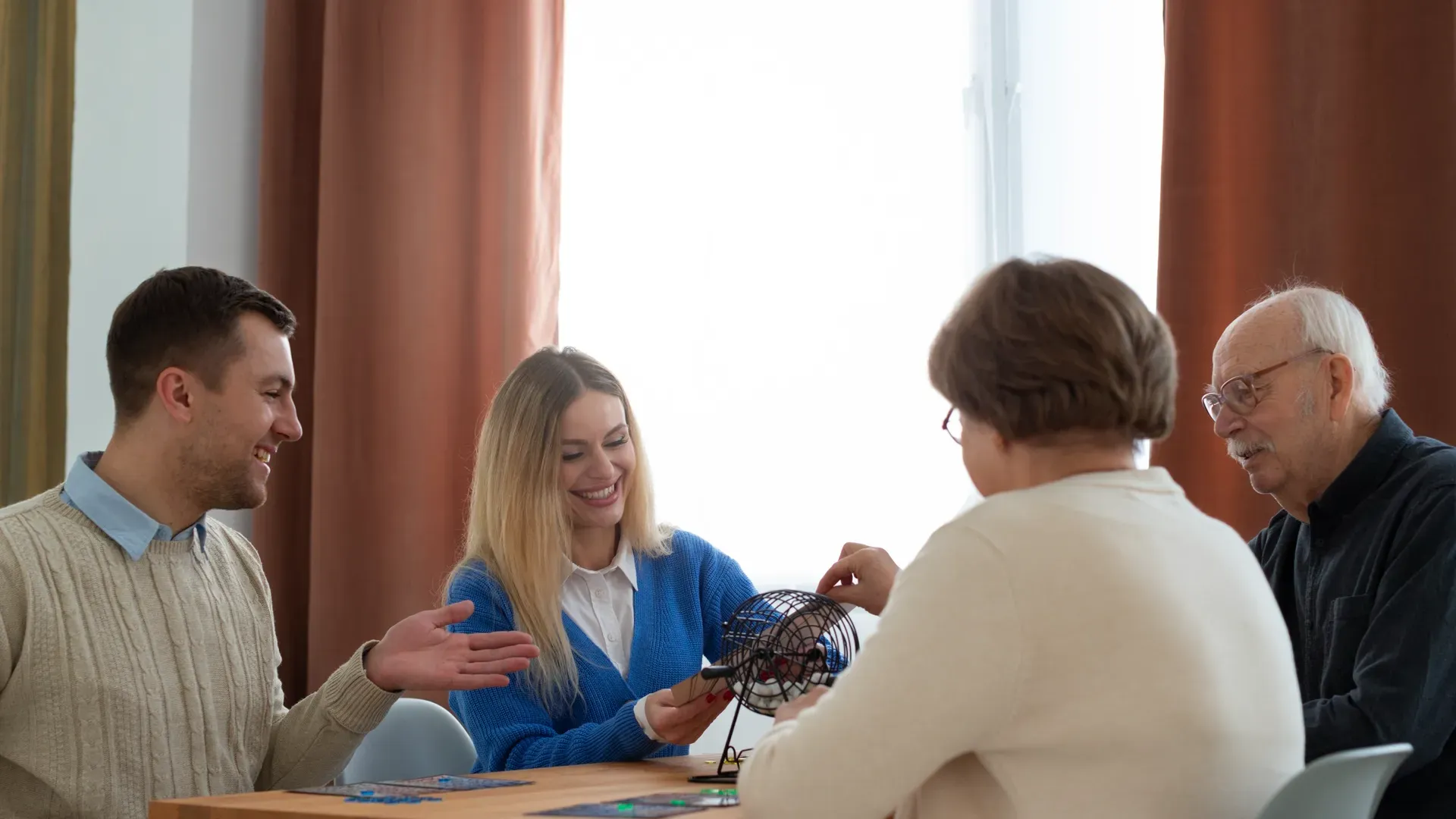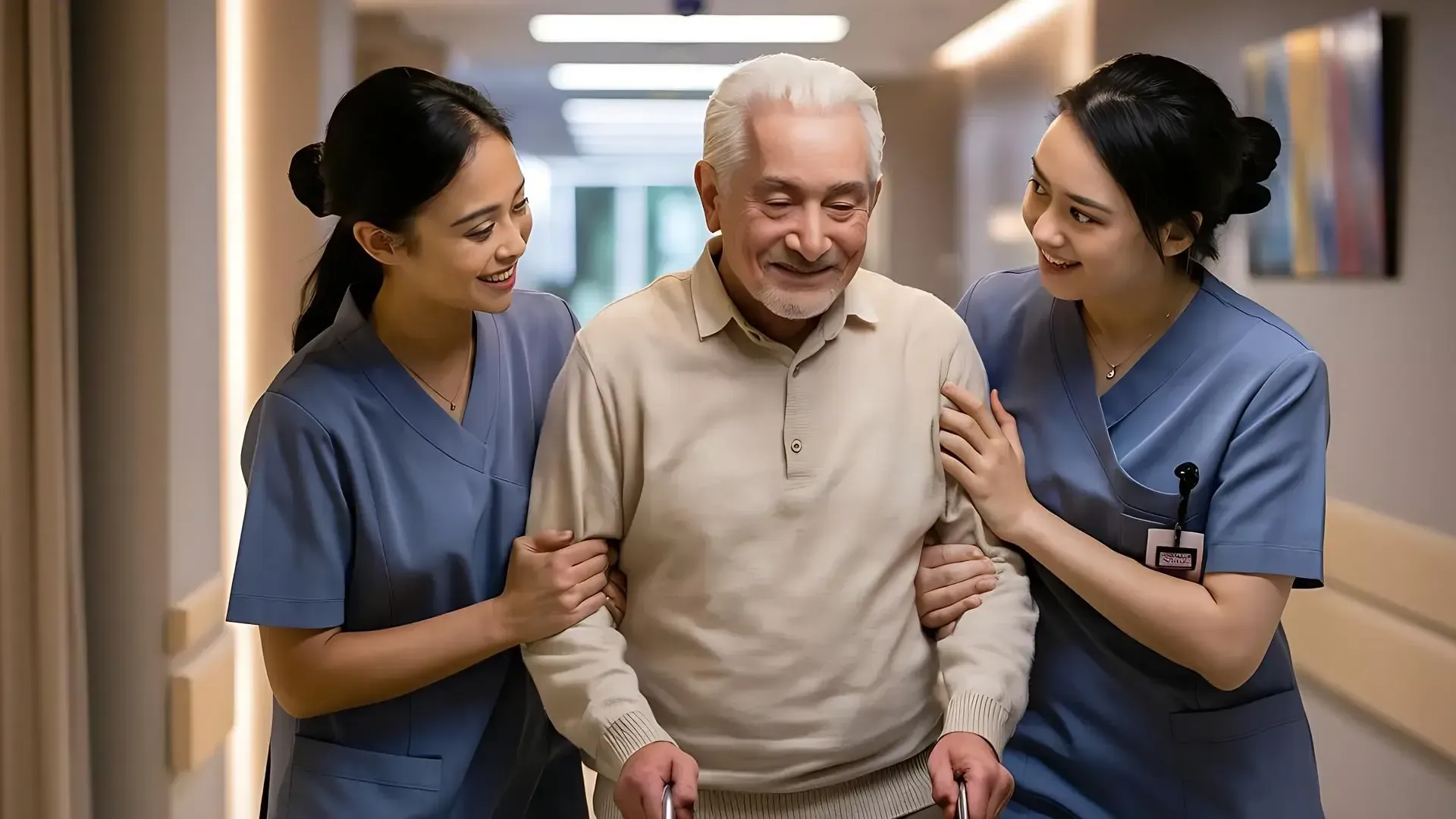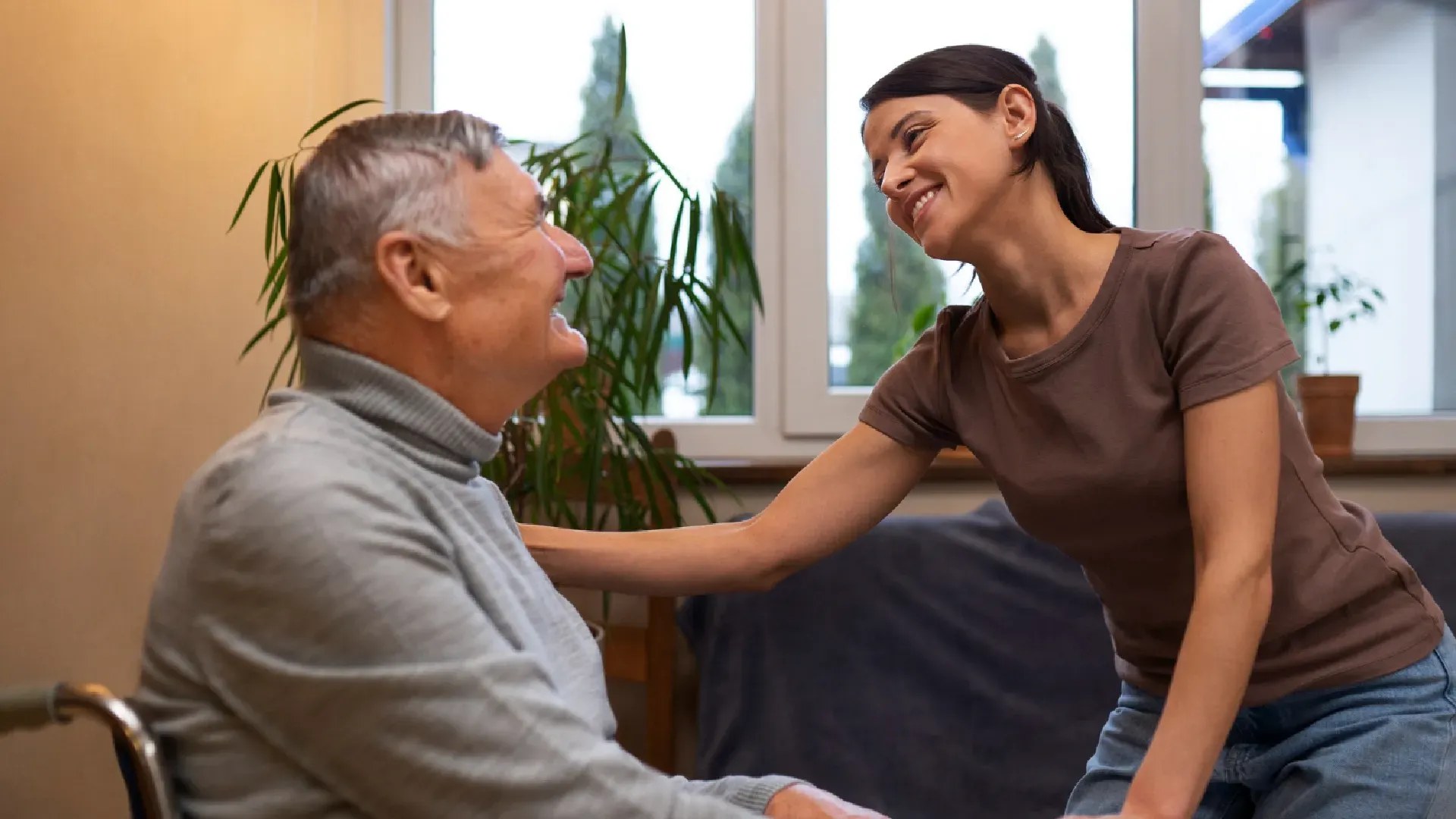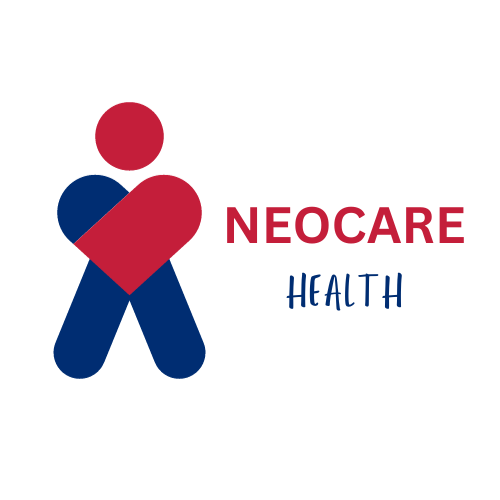Recognising Signs of Deteriorating Health in Aged Individuals: Early Intervention Strategies
In aged care, the early recognition of signs indicative of deteriorating health in aged individuals stands as a cornerstone for administering timely and pertinent care. As the ageing population grows, so does the imperative to discern these subtle and overt indicators—ranging from alterations in daily habits and personality to more pronounced symptoms such as fatigue and decreased appetite. A meticulous approach to monitoring an individual's well-being is essential, fostering the ability to intervene promptly and effectively.
Underpinning the importance of regular assessments, tools like the 'Stop and Watch Early Warning Tool' and the 'Supportive and Palliative Care Indicators Tool' (SPICT) play a substantial role in tracking an individual's health trajectory, aiding caregivers in detecting changes that warrant closer attention. With the ageing population in focus, this article sets out to elucidate strategies for identifying signs of health deterioration, leveraging technology for better elderly care, and implementing early intervention measures to improve the quality of life for the elderly.
Understanding the Signs of Deterioration in Health
In caring for the ageing population, it is imperative to recognise the signs that may indicate Deteriorating Health in Aged Individuals. These signs can vary considerably, from subtle changes in daily routines to more significant indicators such as increasing fatigue and loss of appetite.
Symptoms manifesting in the weeks leading up to the end-of-life phase often include a noticeable resignation from daily activities, low mood, and a marked decline in motivation, culminating in a withdrawal from social engagement. A stark drop in physiological functions is also apparent. This includes a reduction in blood pressure, heart rate, and body temperature, accompanied by laboured breathing and difficulty swallowing.
As a person's health continues to decline, quality of life can be severely impacted. The individual may experience:
Chronic pain
Decreased mobility, leading to a loss of independence
An increased risk of falls and subsequent hospitalisation
An upsurge in mortality rates
To mitigate these issues, healthcare professionals stress the importance of regular health monitoring, such as:
Monitoring changes in physical appearance and mobility
Noting the onset of sleep disturbances and sensory impairments
Addressing cognitive decline, alongside fluctuations in mood or behaviour
Providing support for fatigue or exhaustion
Ensuring elderly care is aligned with a person's specific needs is crucial, particularly when managing chronic illnesses known to affect the elderly, such as heart disease, stroke, and diabetes. Warning signs to look out for include:
Extreme fatigue
Urinary incontinence
Significant changes to skin, such as moles or bumps
Significant weight loss and persistently poor health despite medical intervention
Staying vigilant for these indicators, coupled with maintaining a robust social network and regular health check-ups, plays a significant role in slowing down the ageing process and preventing the onset of chronic diseases.
On the behavioural front, the following changes can signal a decline in health:
Personality shifts and forgetfulness
Difficulty with simple physical tasks, like climbing stairs
Unexplained injuries or changes in cleanliness and organisation
Illnesses or disability occurrences becoming more frequent
By recognising and recording these signs, nurses and caregivers can review and adapt care plans as required, employing palliative care principles when appropriate. This entails focusing on symptom management, respecting the individual's end-of-life wishes, and providing necessary counselling and support, thus avoiding unnecessary emergency hospital transfers.
The Role of Regular Monitoring and Observations
Regular monitoring and observations play an indispensable role in the management of deteriorating health in aged individuals. These assessments delve into multifaceted aspects of an elderly person’s wellbeing, covering medical, physiological, social, and psychological functions. Accumulating evidence suggests that self-reports are the richest source of information about an older person's health status, providing healthcare providers with invaluable insights. However, when evaluating physical function, direct observation stands as the gold standard, according to the National Safety and Quality Health Service (NSQHS) Standards.
Assessment Tools:
Validation: Tools employed should have proven reliability and appropriateness for the elderly demographic.
Cultural Sensitivity: They must be sensitive to cultural diversities affecting how symptoms may be experienced and reported.
Age-Appropriate Application: Adapted to the physiological nuances of aging.
The gold standard in these practices is the Comprehensive Geriatric Assessment, a multidimensional diagnostic process designed to determine an ageing individual's medical conditions, mental health, functional capacity, and social surroundings which might influence their health and ability to live independently. A correctly performed assessment can rapidly identify early signs of clinical deterioration. Timely interventions are likely to improve patient outcomes and potentially reduce the intensity of medical interventions required.
Yet, there are hurdles to prompt recognition and response; challenges include inconsistent monitoring, insufficient knowledge or skills, flawed systems, and communication barriers. For instance, the National Consensus Statement in Australia and the Delirium Clinical Care Standard both underscore the significance of honing systems for recognising and responding to acute physiological changes. They advocate for the sharpening of practitioners' observation skills, which are fundamental to noting alterations in health conditions or behavior, tailoring individual care plans, preserving the elderly's dignity, and promoting independence.
In the arena of clinical observations:
Care practitioners must perform regular measurements and diligently document clinical observations to facilitate reliable patient assessment and recognition of any signs of clinical deterioration. (The Royal Children's Hospital Melbourne's clinical guideline)
Observation is a critical skill in care home settings. It empowers practitioners to establish comprehensive treatment plans, acknowledge behavior patterns, report concerning symptoms efficiently, and respond to evolving health conditions promptly. (Azilo Training)
Observations extend beyond the physiological, encompassing behavioral and mood changes which could be precursors to health decline in the ageing population, thereby improving outcomes and reducing the need for invasive interventions.
By melding clinical skills in observation, listening, and interpretation with clinical judgment, healthcare providers can navigate the complexities of assessing older patients. This crucial blend of expertise permits the enhanced management of the deteriorating health in aged individuals, ensuring that the ageing population receives care that is preventatively-focused and person-centred.
Importance of Knowledge and Training in Elderly Care
In the landscape of healthcare, where addressing the Deteriorating Health in Aged Individuals is increasingly pivotal, the need for healthcare professionals to possess a robust knowledge and skill set in elderly care is undeniable. A study illuminated this gap, revealing that a staggering 57.30% of nurses had an inadequate grasp of elder care nuances [https://www.ncbi.nlm.nih.gov/pmc/articles/PMC10084219/]. These findings spotlight:
The significant influence of personal living circumstances, educational level, and the extent of professional experience on the proficiency of nurses in elderly care.
The likelihood of nurses with no personal experience of living with older adults having 1.6 times poorer knowledge of elder care.
Nurses with 1-5 years of experience are 2.7 times more likely to lack in-depth knowledge of elder care compared to those exceeding 10 years of experience, underscoring the value of experience in this field.
To rectify this, a multidimensional training approach is vital for enhancing caregivers' expertise. Incorporating in-practice learning bolstered by supervision and comprehensive educational tools like didactic learning and worksheets is essential.
Other key points include:
Promoting a shared learning environment within the healthcare organisation enhances team-wide competence.
Far-reaching training that spans beyond dementia to envelop a multitude of mental and physical health issues prevalent amongst the ageing population.
As the demands on health services swell with the burgeoning ageing population, the cornerstone for effective elder care remains firmly placed with a well-trained workforce. Notably:
Educators in the disability sector emphasise the cultivation of empathy, communication, and respect, nurturing dignified care practices.
Continuous professional development for caregivers is non-negotiable, ensuring alignment with emergent best practices and technological advancements.
High-calibre training underpins individualised care, bolstering the advocacy for the rights and needs of the ageing populace [Webpage 6].
The undeniable benefits of comprehensive education and training in the field of elderly care confer dual advantages. For caregivers, it breeds confidence, empowers informed decision-making, and fortifies the capacity to navigate intricate care scenarios. Concurrently, it elevates the standards of care received by the ageing population, fostering more tailored, proactive healthcare interventions that respect the unique trajectory of each individual’s health journey.
Communication Strategies for Effective Escalation and Intervention
In the domain of elderly care, effective communication strategies are paramount for the escalation and intervention processes that underpin the wellbeing of the ageing population, particularly for those experiencing deteriorating health. Nurses must be adept at sharing crucial patient information with their multidisciplinary team members, ensuring the use of clear, plain language, which is especially important when engaging with ageing patients or those from culturally and linguistically diverse backgrounds. Studies underscore this, highlighting the benefits of straightforward discourse and recommending that non-verbal and visual cues such as smiling, maintaining eye contact, and appropriate body language be employed to augment verbal communication.
Crucial to enhancing communication in senior care are the following practical strategies:
Active Listening: Truly hearing and understanding the concerns and inputs from patients, families, and other healthcare providers.
Regular Updates: Providing continuous feedback on the patient's status to all involved parties.
Case-by-Case Care Plans: Tailoring communication approaches to meet individual patient needs and preferences.
A holistic approach requires the employment of track and trigger systems to monitor and evaluate patients, ensuring all staff are thoroughly educated on the facility's specific escalation policy. Ability to act on 'staff member worried' criteria enables swift action, even in instances where physiological measures may not fully reflect the patient's condition.
Moreover, involving consumers, patients, families, and carers in the development and implementation of escalation protocols is crucial, fostering an environment where communication is open and encouraged. When alerts are raised, team members must persistently follow the escalation until an adequate response is met. This policy not only aligns with ethical care but also with the preferences many patients have dictated in their advanced care directives.
The education surrounding these protocols should not be limited to the clinical workforce but must also extend to patients and their support networks. Educational programs empower patients, families, and carers to understand and confidently engage with the escalation system, ensuring their active participation in care decisions. Regular workshops and training modules designed by educators for this purpose encourage an inclusive atmosphere in health care practices, fostering a culture where every concern is acknowledged and addressed adequately, thereby enhancing the care of the ageing population suffering from deteriorating health.
Implementing Early Intervention Strategies
Early intervention strategies in the detection and treatment of mental and physical health issues in aged individuals are proven to enhance long-term outcomes. General practitioners (GPs) are often the first line of defence, charged with the crucial task of identifying at-risk older individuals. Their role is pivotal in initiating interventions that can lead to a more advantageous diagnosis and management of potential health issues. The impact of such strategies can't be overstressed, especially considering how they affect the long-term mental and physical health and educational outcomes of the ageing population.
The categorisation of these early intervention initiatives is broad and multifaceted. Eight distinct types have been documented, focusing on different settings and reaching aged individuals through various channels:
Health Centre Initiatives: Services provided by Elderly Health Centres that focus on regular health assessments and proactive care strategies.
Home Visits: Informative home visits conducted by trained volunteers that provide valuable health education and support.
GP-led Initiatives: Targeted initiatives by GP practices aimed at identifying and managing the frailty and other health risks in older patients.
Co-designed Services: The HomeHealth service exemplifies how early intervention programmes, developed using co-design principles, can align with user requirements from multiple perspectives, including those of the elderly, carers, and health professionals.
To ensure these initiatives are relevant and can be feasibly incorporated into clinical practice, it's essential to involve stakeholders, such as older people, carers, and healthcare professionals, in the development process. Tailored health promotion activities are equally important and should highlight areas pivotal to preserving independence among the aged, such as mobility, nutrition, socialising, and various support services.
When considering the service providers for these initiatives, non-specialist support workers equipped with a sound general health knowledge, backed by local clinicians and well-informed about local services, demonstrate efficacy in delivery. Furthermore, the strategies to raise awareness and promote the uptake of such services should be creatively drafted, encompassing:
Community Engagement: Utilising local non-health settings and word of mouth to increase the visibility of services focusing on maintaining health and independence.
Medicines Management: Offering medicines management support to ensure medication adherence and appropriate use.
Education Programs: Engaging cognitive behavioral therapy (CBT) and mindfulness to address the psychological impacts of ageing.
Moreover, addressing social isolation, a significant issue for the ageing population, requires interventions that encourage active participation and possibly contain an educational focus. Support groups for individuals facing similar health conditions have proven beneficial in mitigating feelings of loneliness and fostering communal support.
Lastly, it’s paramount to acknowledge the promising role of social prescribing as part of primary care enhancement. By connecting patients with social services programs, it extends care beyond traditional medical interventions, catering to both direct and indirect determinants of health and wellbeing.
Leveraging Technology for Enhanced Elderly Care
Home care technology solutions bring a multitude of benefits to the ageing population, markedly improving safety, medical management, and independence. These advancements take many forms:
Health Monitoring Devices: Equip seniors with wearable technologies that track vital signs and alert caregivers to potential health emergencies.
Electronic Health Records (EHR): Offer a streamlined approach to storing and managing seniors' health information, enhancing the continuity of care.
Remote Monitoring Systems: Enable caregivers to supervise the health and well-being of older adults remotely, assuring families of their loved one's safety.
The integration of Artificial Intelligence (AI) into elderly care sharpens the precision of diagnoses and treatment plans, tailoring care to the unique needs of each individual. This personalisation ensures that Deteriorating Health in Aged individuals is addressed more effectively, leading to improved outcomes and well-being.
Telehealth constitutes a significant advancement in the provision of healthcare services, especially for seniors facing mobility or transportation issues. It allows Deteriorating Health in Aged individuals to receive competent medical care without leaving the comfort of their homes, thus breaking down traditional barriers to accessing healthcare for the ageing population.
Communication technology also plays a pivotal role, with tools such as:
Enhanced Communication Platforms: Facilitate seamless dialogue between seniors and their healthcare providers or loved ones.
Virtual Reality (VR) Adventures: Provide cognitive stimulation and entertainment, offering an escape from physical limitations.
Music Therapy Apps: Support emotional well-being and memory care through the therapeutic power of music.
These innovations contribute valuably to the quality of life for seniors, making healthcare more accessible, affordable, and tailored to their needs. Furthermore, technology in post-acute care settings supports the social, cognitive, physical, and emotional health of older adults, reinforcing a holistic approach to senior care.
Interoperability stands as a critical aspect of senior care technology, ensuring that different systems can communicate seamlessly. By achieving data transparency and compatibility across various platforms and EHR systems, healthcare professionals can ensure a high standard of care and informed decision-making.
For successful integration of smart technology in senior care, organisations should concentrate on:
EHR Solutions Integration: Allow for a seamless flow of information, reducing the administrative burden on healthcare providers.
Single Sign-On Capabilities: Streamline workflows, increasing the efficiency and productivity of care staff.
Voice Assistant Technology: Provide residents with an intuitive means to communicate their needs and manage their environment, while affording caregivers real-time insights into resident well-being.
Prior to incorporating smart technology into elderly care, it's essential to survey both residents and staff. Understanding their willingness and readiness to adopt these technologies sets the stage for a more effective and user-friendly implementation, ensuring that Deteriorating Health in Aged individuals is met with the most suitable technological solutions.
Conclusion
In conclusion, our exploration of strategies and interventions aimed at mitigating deteriorating health in aged individuals underscores the multifaceted approach required to deliver effective elderly care. Throughout this article, we have examined the critical need for early detection of signs of health decline, the importance of knowledge and training for caregivers, the profound impact of timely communication and intervention, and the revolutionary role of technology in enhancing the independence and safety of the ageing population. These measures collectively contribute to an elevated quality of life for our seniors, ensuring they receive care that is not only responsive but also respectful and dignified.
As we look ahead, it is imperative that the healthcare community continues to refine these strategies, integrating technological advancements with compassionate, person-centred care. Empowering caregivers with the tools and training necessary to provide nuanced care and focusing on robust communication systems will help pave the path towards an environment where the physical, mental, and social facets of ageing are met with understanding and proactive support. By doing so, we honour the complex journey of ageing, and commit to a standard of care that cherishes the wisdom and value our elderly bring to society.










